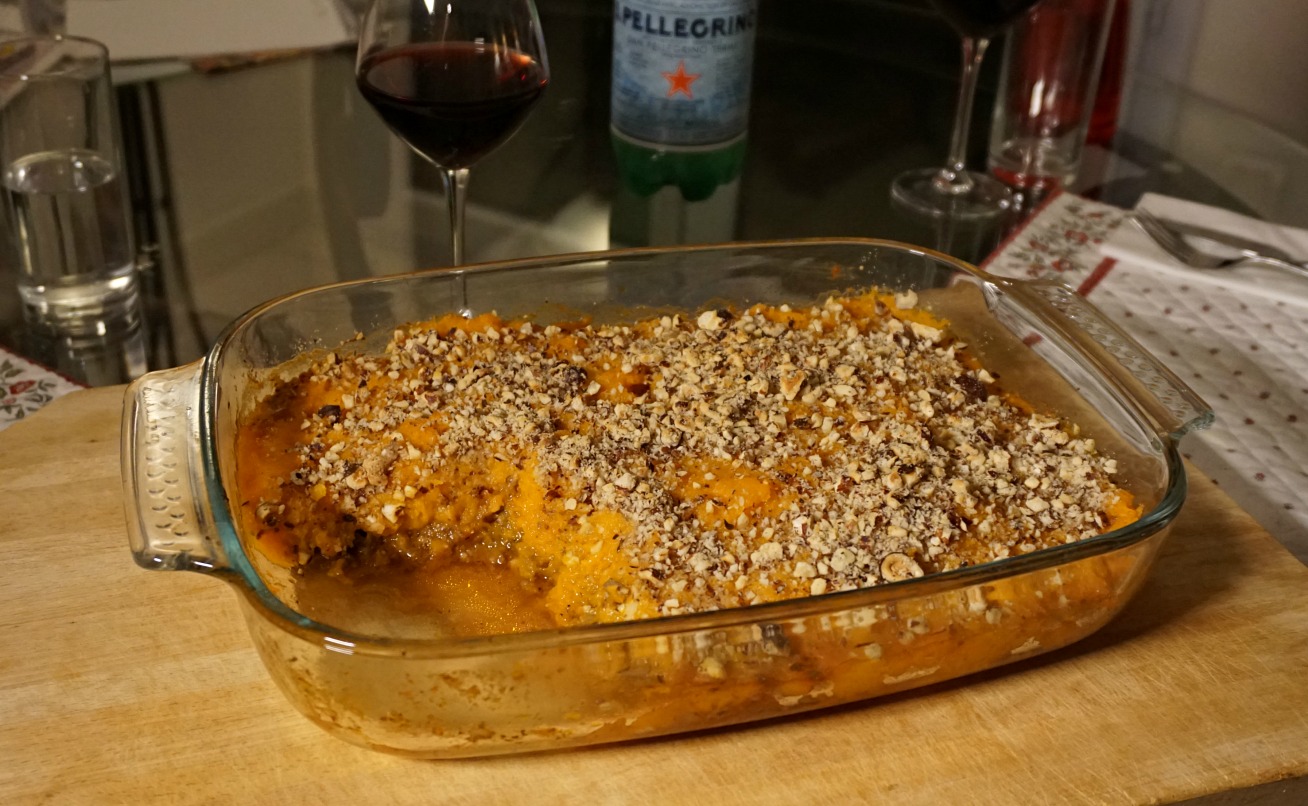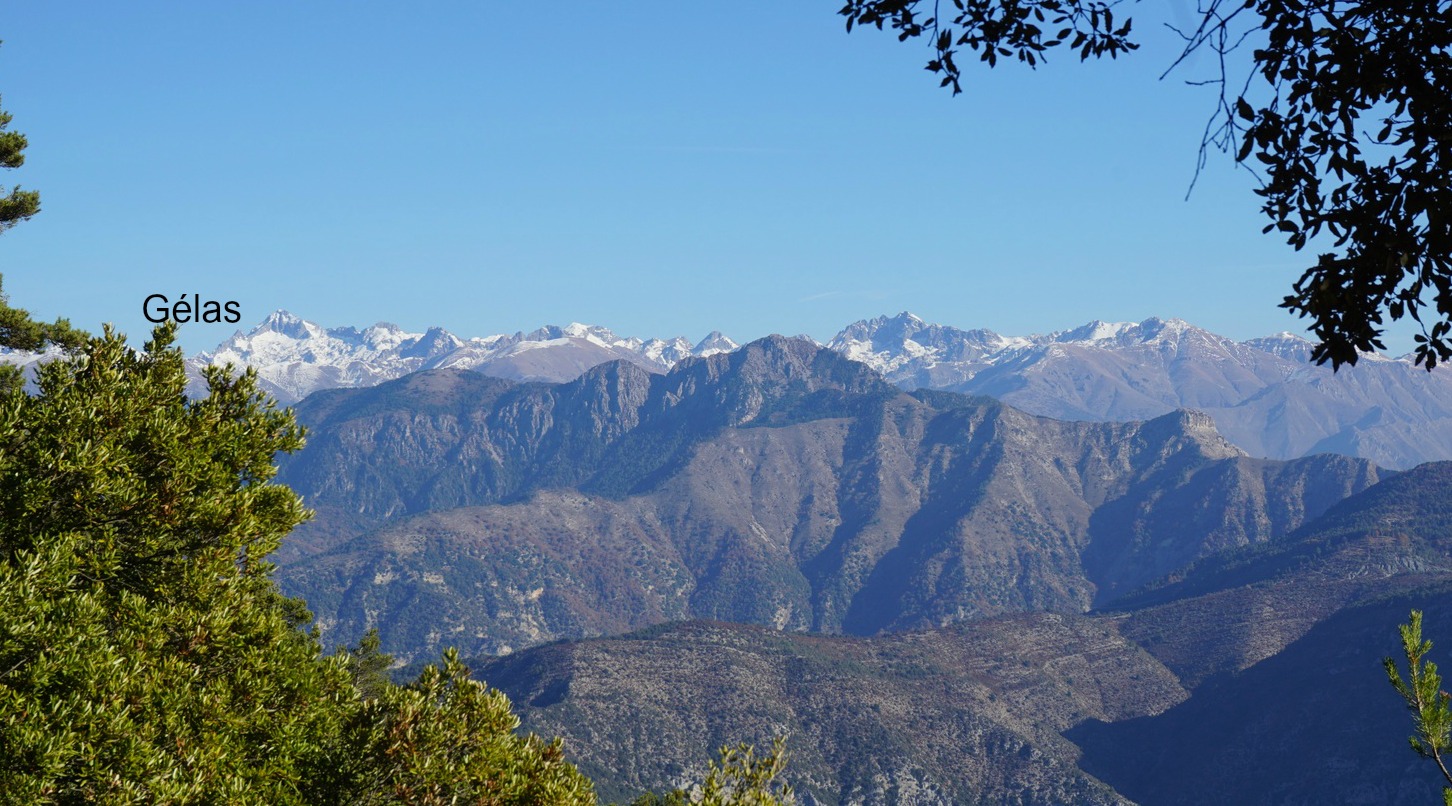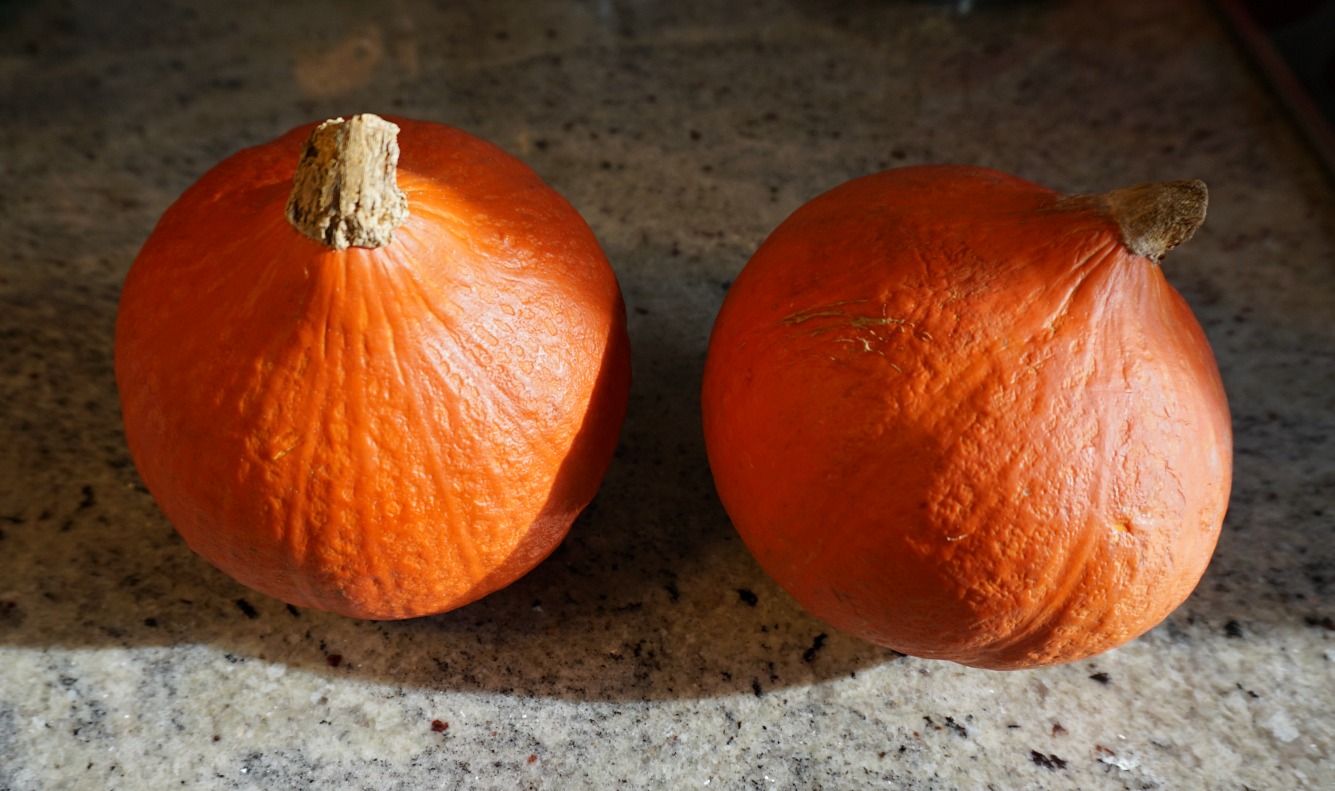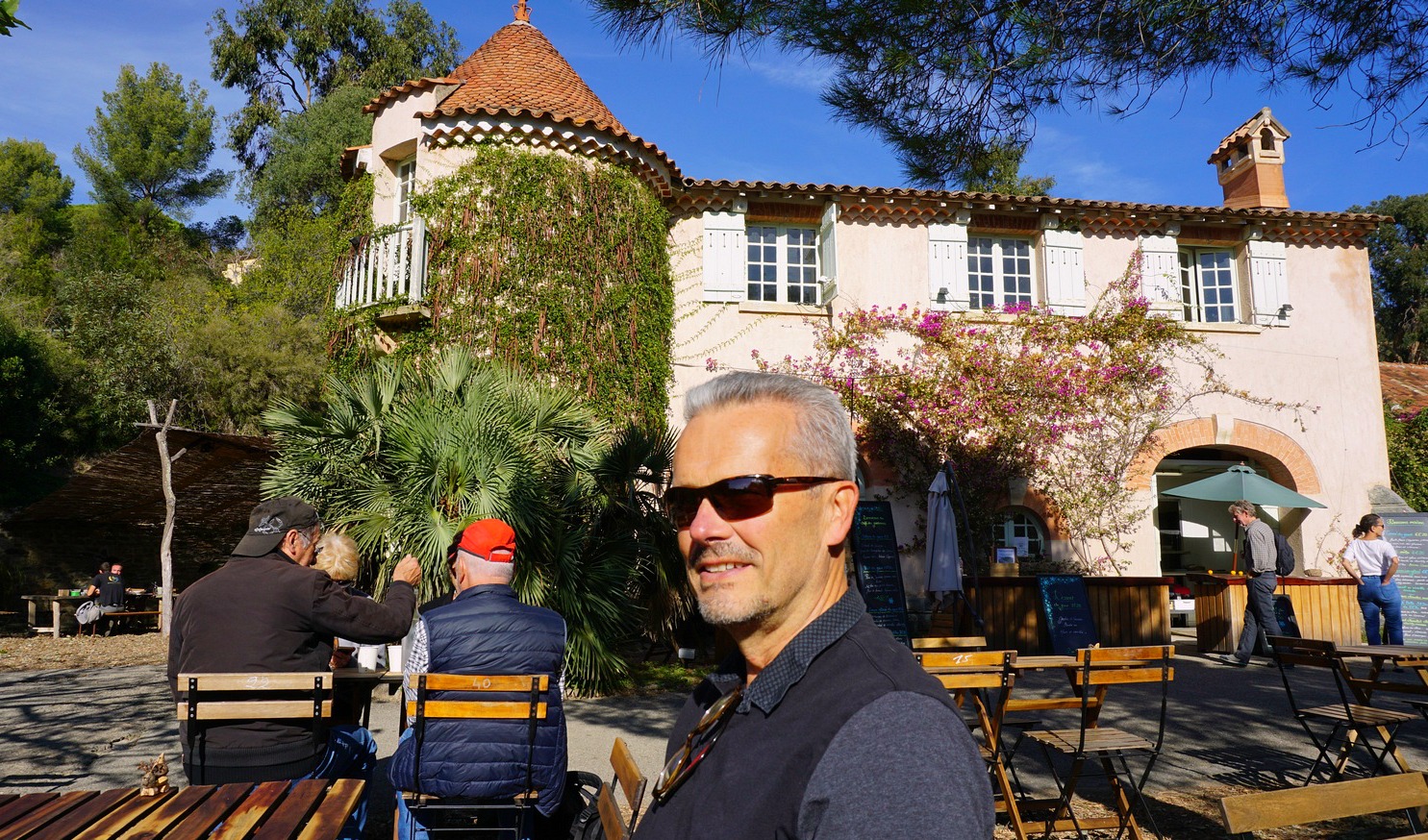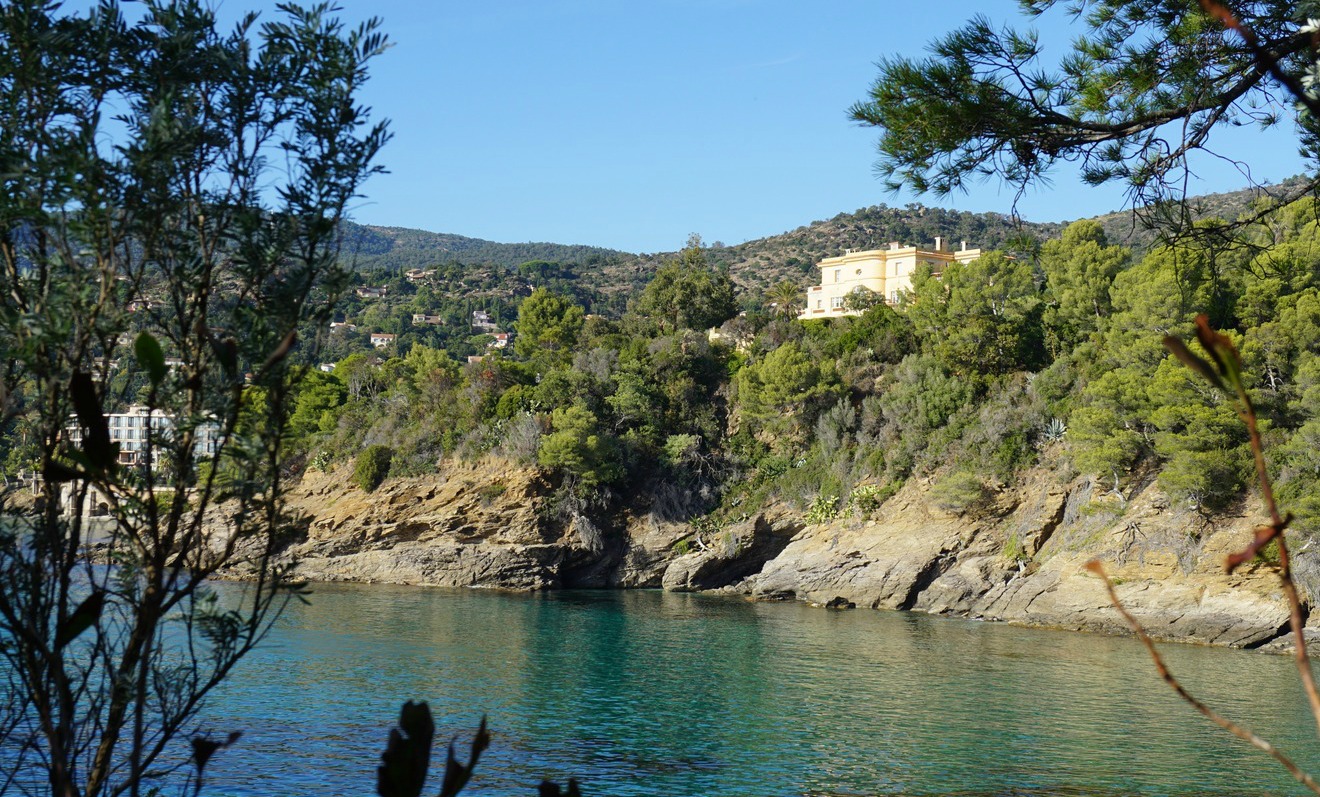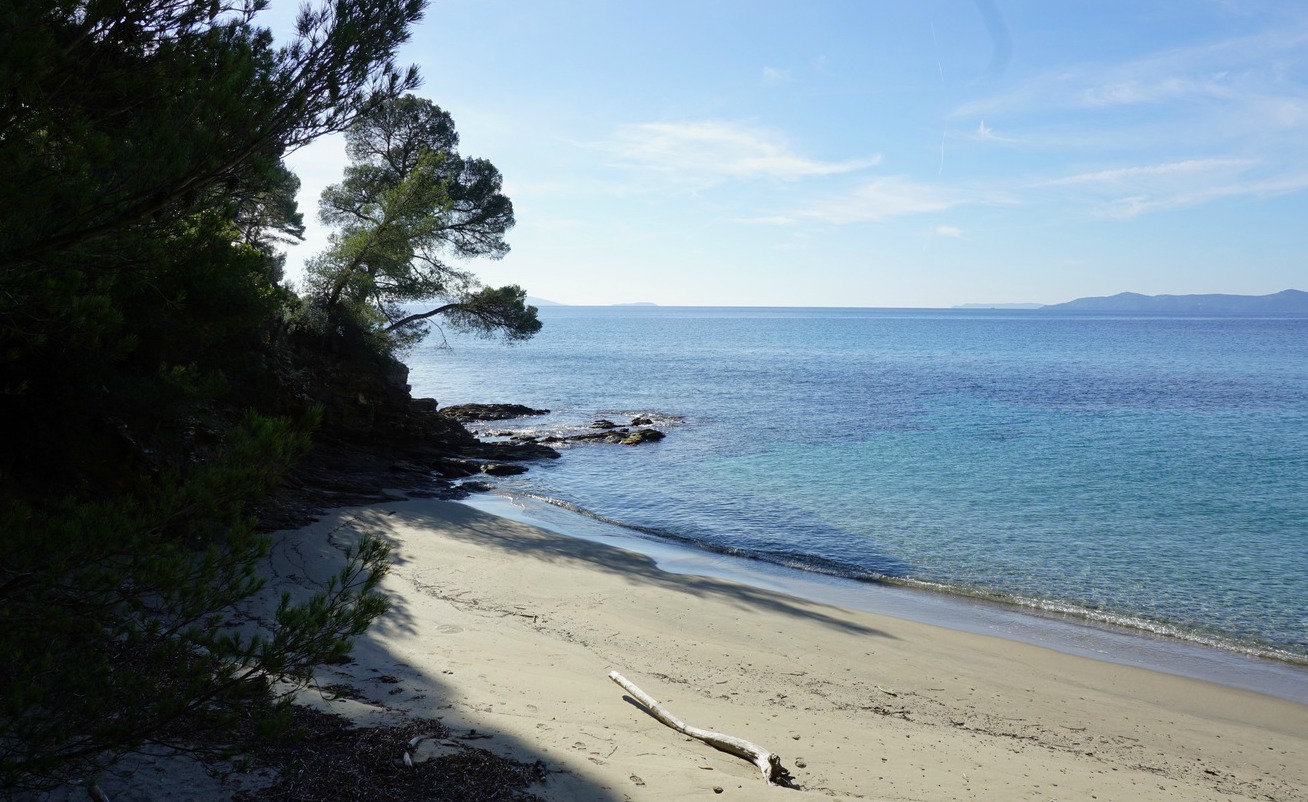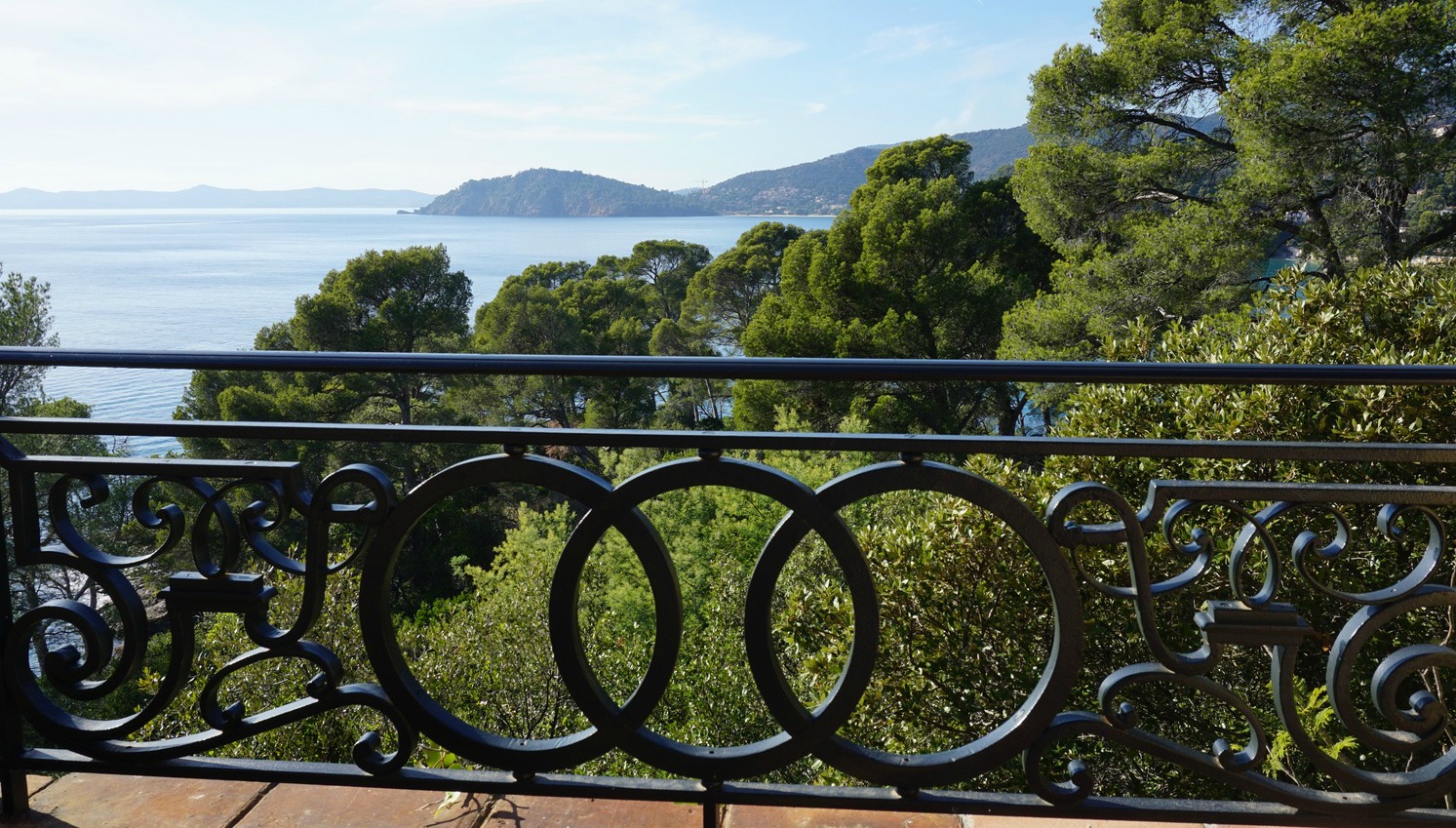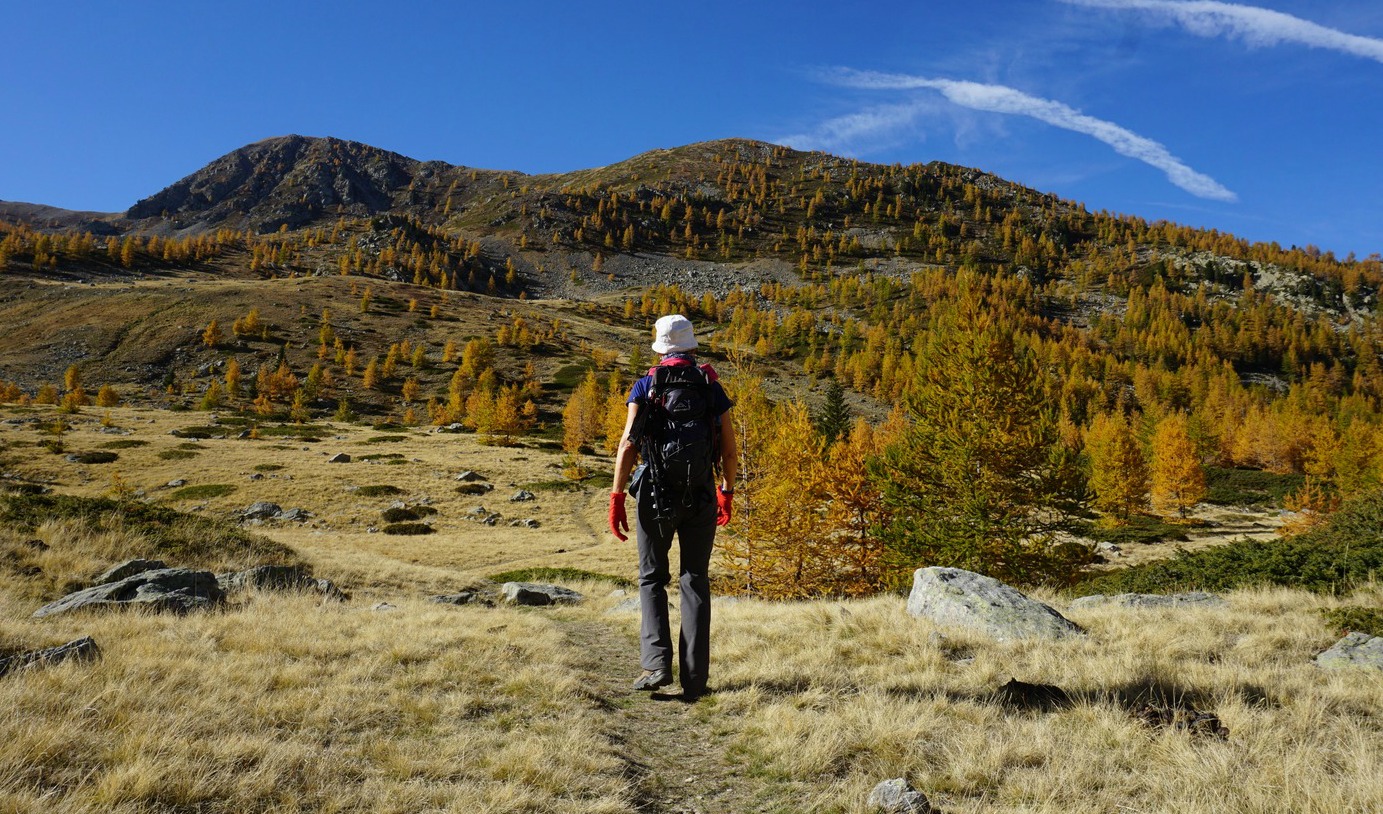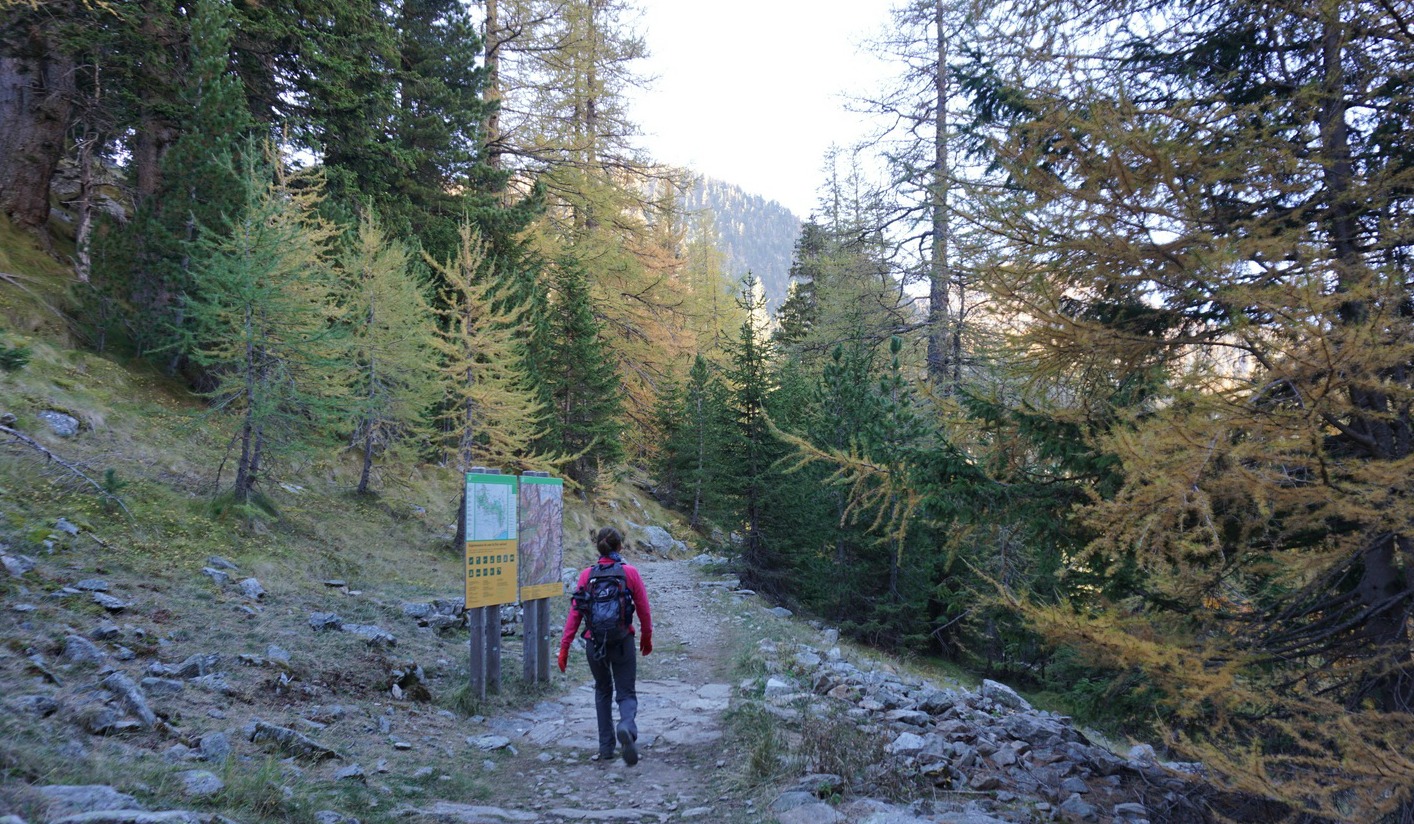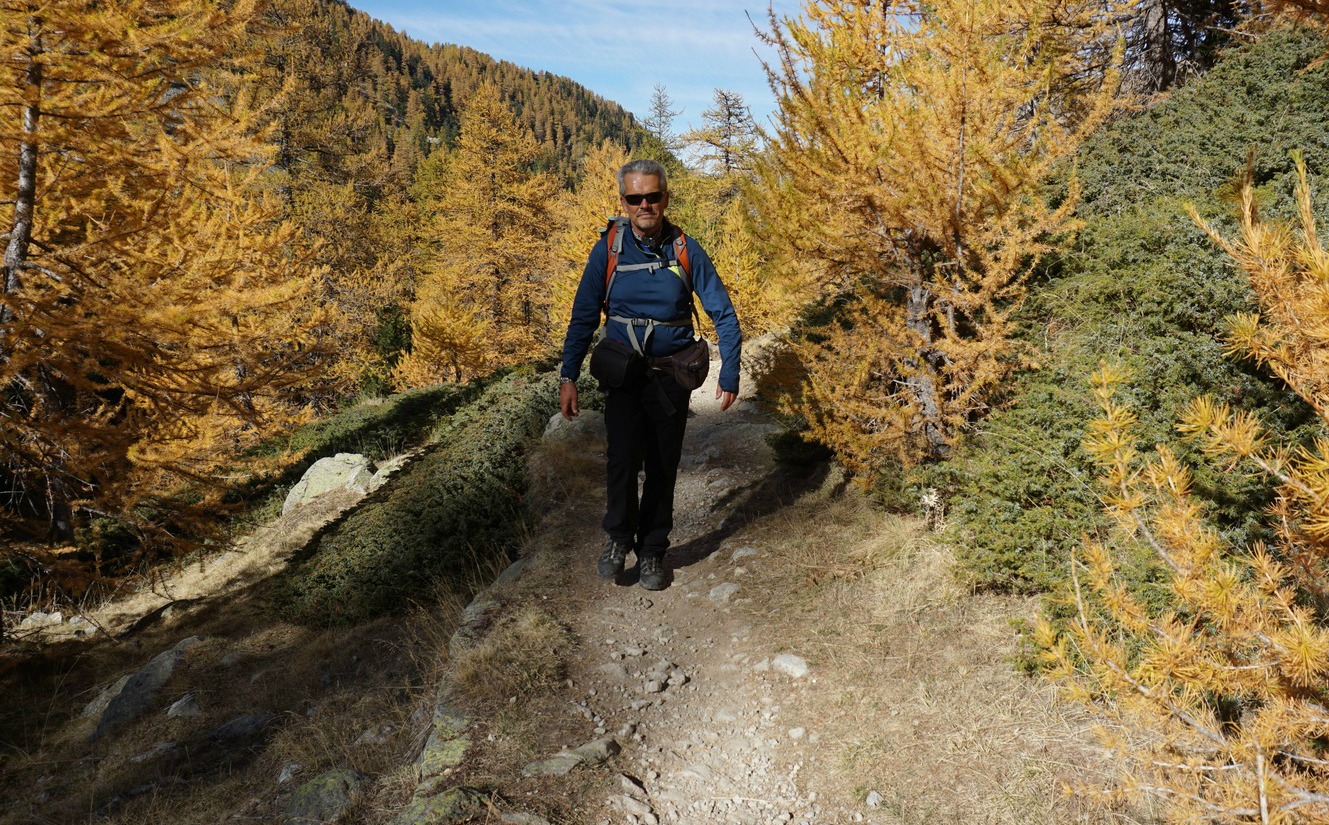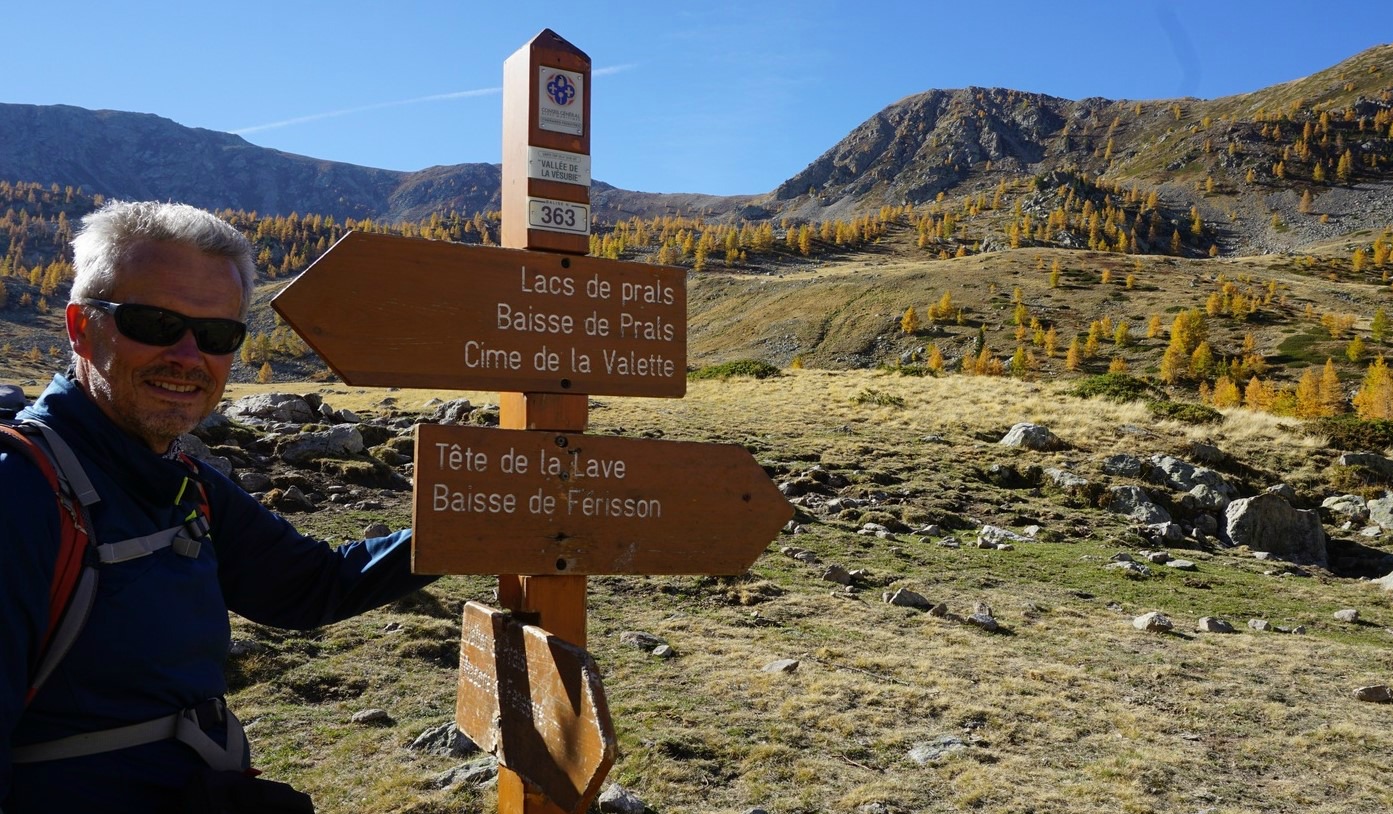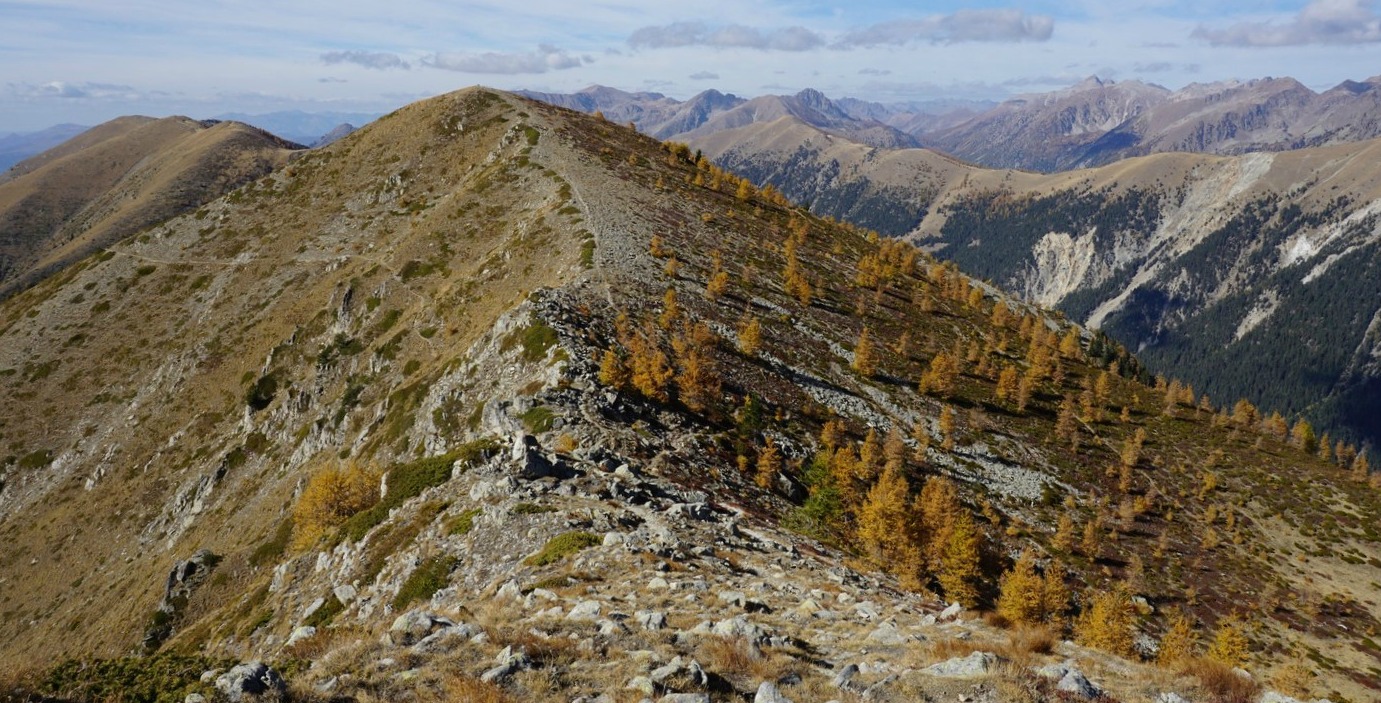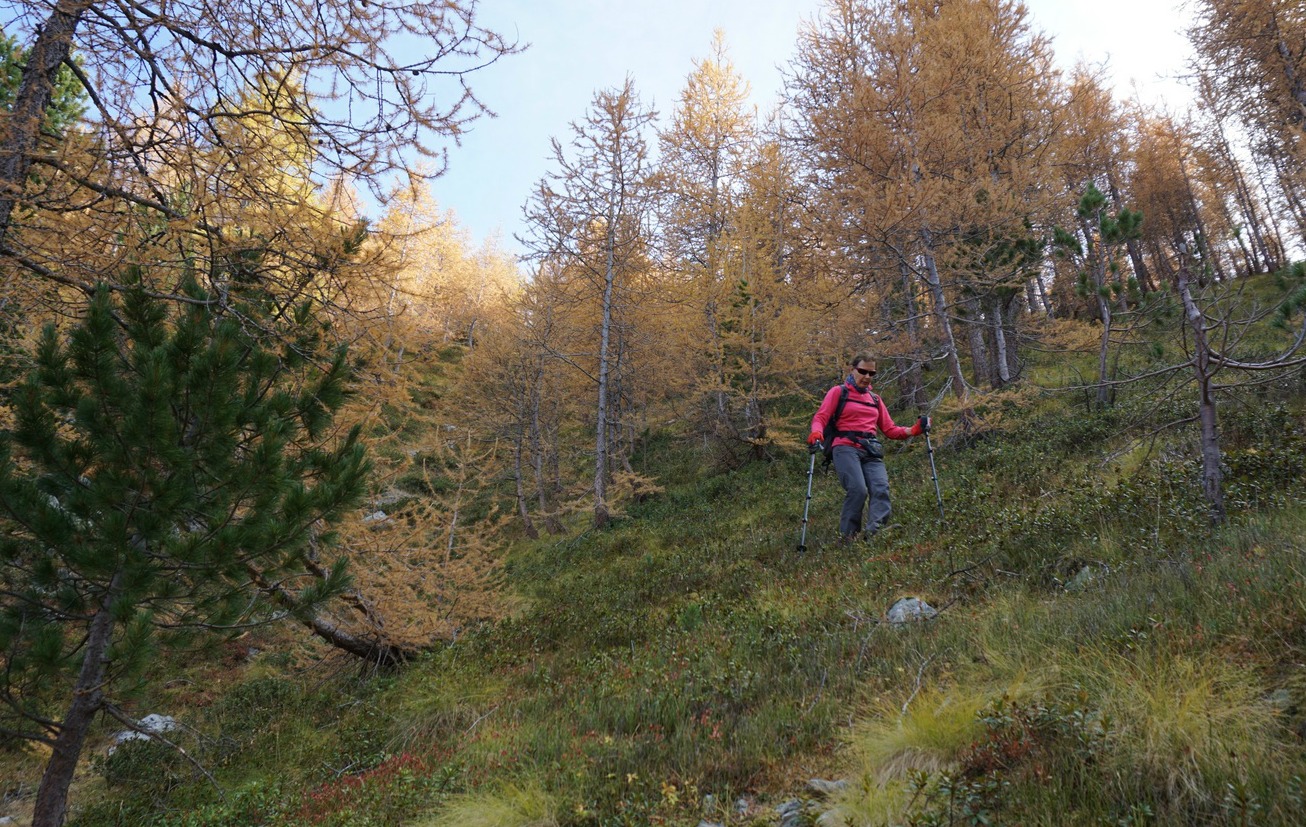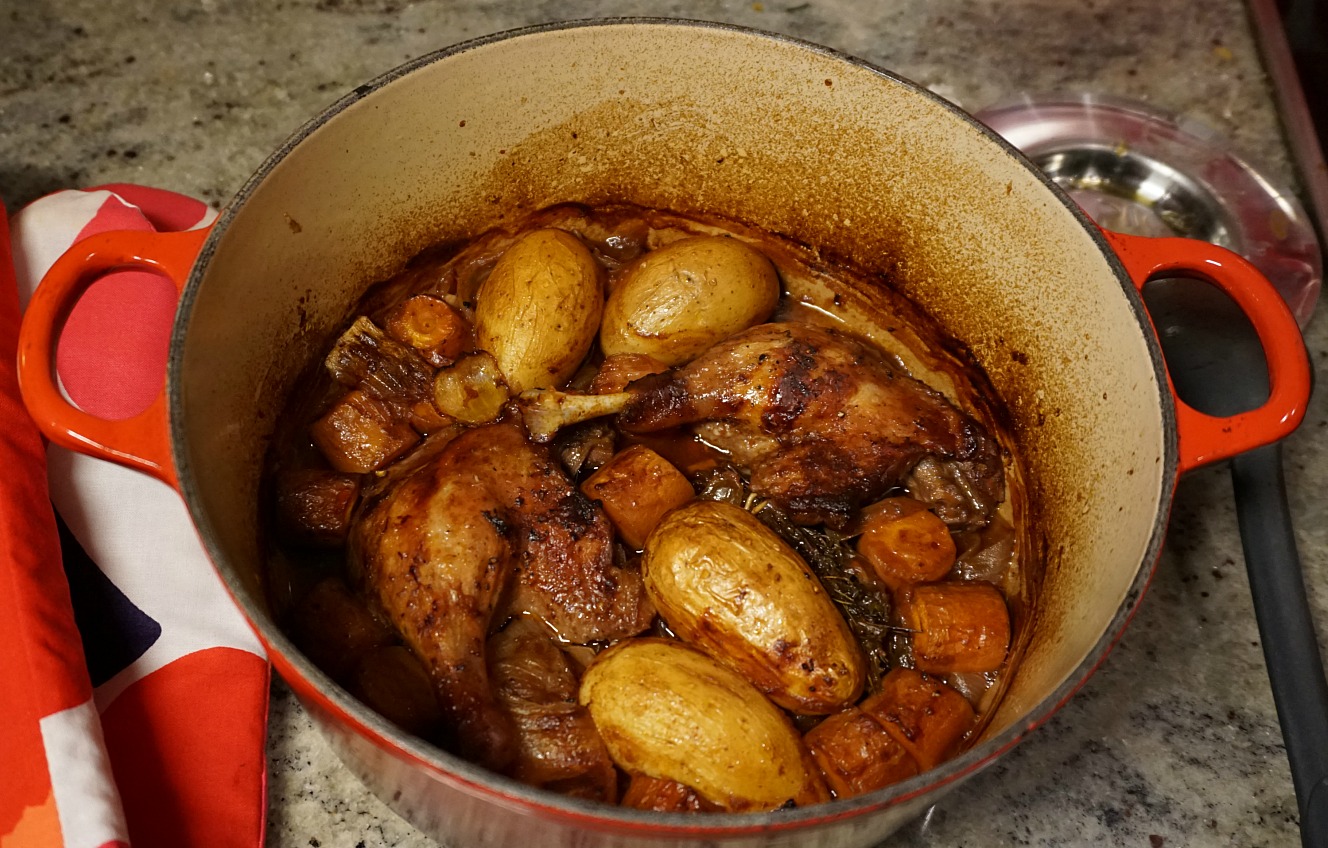Renoir's house in Cagnes-sur-Mer

Pierre-Auguste Renoir built his house, Les Collettes, in 1908 in Cagnes-sur-Mer. The house was equipped with all the modern facilities at the time, and a north-facing studio to catch the afternoon light.
In the garden and the museum one truly finds serenity -a short escape from the busy Côte d’Azur!
Renoir settled down at Les Collettes with his wife Aline and their three sons, Pierre, Jean and Claude. All the sons showed artistic creativity. Jean Renoir later became a famous film director. Despite the severe rheumatoid arthritis Renoir painted every day at Les Collettes. He was fascinated by the olive trees which surrounded the house.
The museum was totally renovated in 2013. It now has a collection of original paintings by Renoir and others such as André, Bonnard and Dufy. There is also a more extensive collection of sculptures by Renoir himself, assisted by Richard Guido and later Louis Morel, as well as a bust of Renoir by Aristide Maillol.














